They’re 1,000 times stronger and brighter than average lightning, and scientists have finally found a cause of these dramatic flashes of electricity.
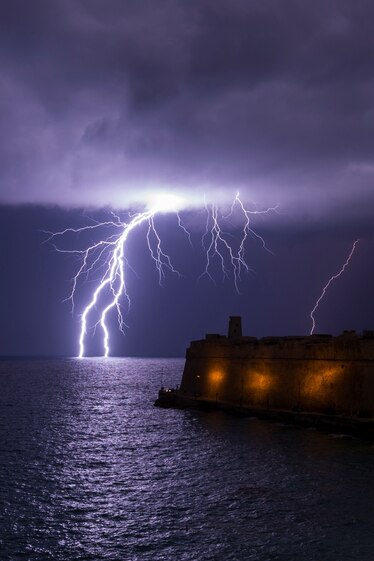
A lightning bolt strikes the sea near Fort St Elmo during a storm in Valletta, Malta, on February 27, 2019. The highest concentration of superbolts have been observed in the Mediterranean Sea, the North Atlantic, and the Altiplano in Peru and Bolivia—regions where storms’ charging zones are closer to the Earth’s surface.
Lightning’s rattling cracks and surges of illuminated energy have long prompted puzzling scientific queries. And while many questions about these powerful flashes remain, a particularly significant mystery—how the planets’ brightest and strongest strikes occur—was recently answered.
The average lightning strike produces roughly 1,000 to 5,000 megajoules of energy—enough to power a 60-watt light bulb for over six months. The term “superbolt” was coined in a seminal study published in 1977 for flashes that pierced the sky with 1,000 times more light and energy than that. While these bolts make up only a tiny fraction of all lightning strikes, their extreme nature can help scientists probe the workings of electrical storms.
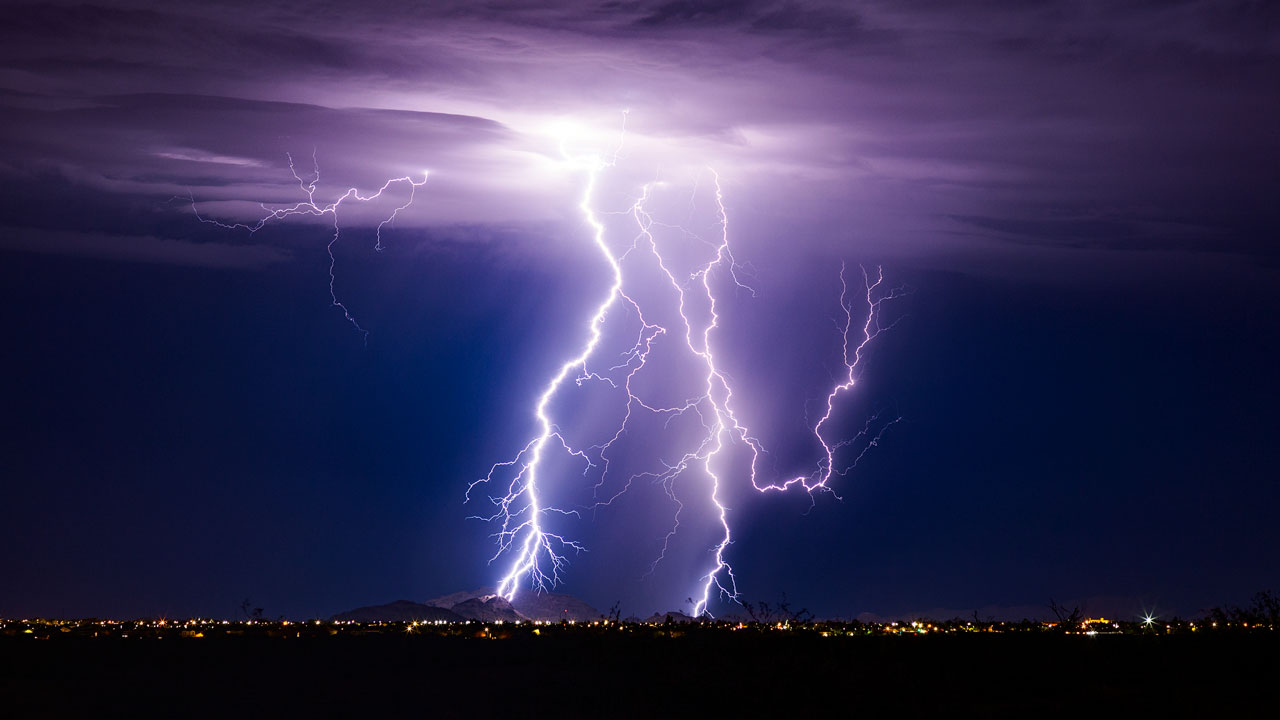
In a new study, researchers found that a bolt’s energy dramatically increases when a cloud’s charging zone, where the lightning is generated, is closer to Earth’s surface.
“When we saw this correlation, our eyes were wide open. We thought, this is huge,” says Avichay Efraim, a physicist at the Hebrew University of Jerusalem and lead author of the study. “The joy of discovering something like this is the dream for every scientist.”
Within storm clouds, which traverse a wide range of temperatures and can reach up to 11 miles in height, strong updrafts and downdrafts cause ice and water to collide with each other, leaving some particles positively charged and others negatively charged. This creates an electric field within the cloud, known as the charging zone.
“In order for lightning to occur, we must have ice,” says Efraim. “And ice occurs only below zero Celsius, in the zero isotherm—the bottom boundary of the charging zone. Somewhere within this zone, lightning ignites. When the distance is shorter between this zone and the oceans or plateaus, we get much higher energy.”
Disentangling the lightning
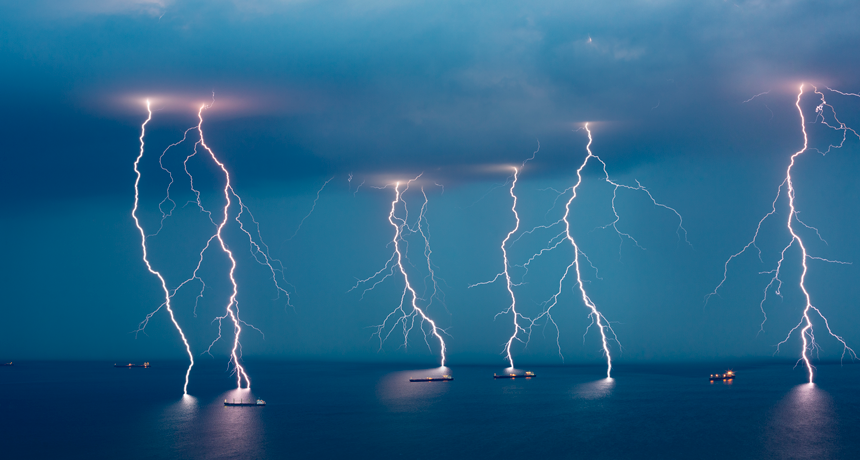
Efraim’s research stemmed from a 2019 study, which showed that superbolts tend to cluster in certain parts of the world: the Mediterranean Sea, the Northeast Atlantic Ocean, and one of the tallest plateaus on Earth, the Altiplano in Bolivia and Peru.
“We started thinking, what could it be about these three regions?” Efraim continued. “Why not elsewhere?”
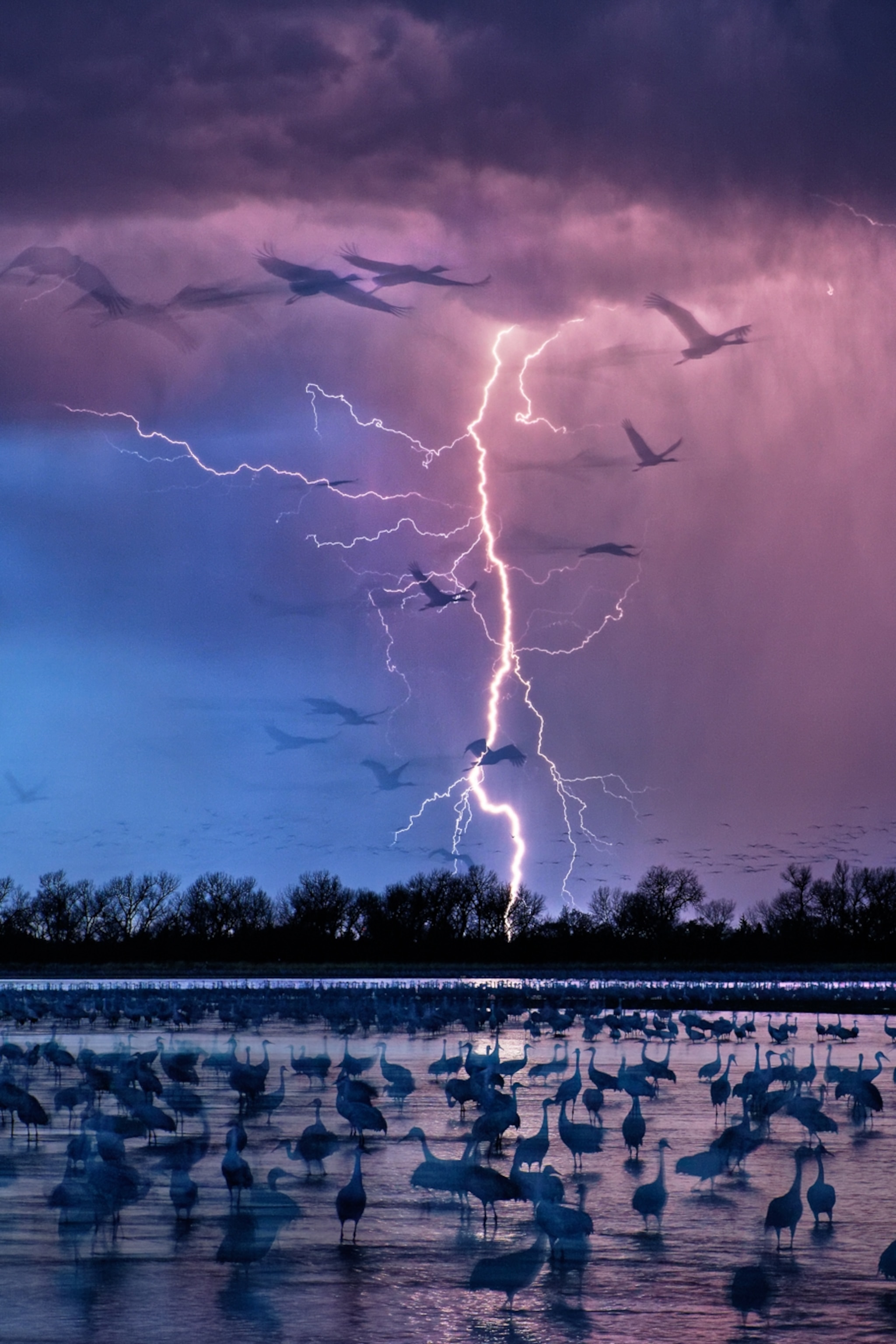
In search of answers, the researchers gathered and analyzed data from a set of radio wave lightning detectors, which pinpointed the exact time, location, and energy of select lightning strikes that occurred between 2010 and 2018. The team then used the data to determine the conditions surrounding the storms, such as land and water surface elevation, altitude of the charging zone, cloud base and top temperatures, and aerosol concentrations.
Efraim had previously seen that aerosols invigorated lightning strikes, and at first he thought that they might play a role in the occurrence of superbolts. Though he found that aerosols affected the frequency of lightning bolts, they did not play a significant role in a strike’s strength. Rather, it was the distance between a cloud’s charging zone and the planet’s surface that affected the energy of a bolt of lightning.
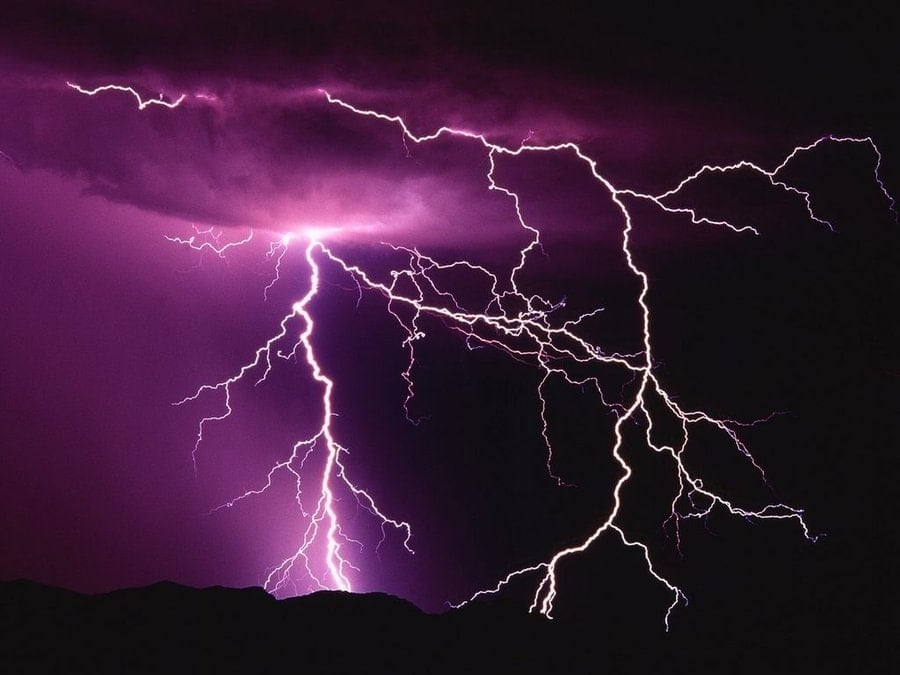
“Any advancement in superbolts is fascinating; they’re very rare and difficult to track,” says Michael Peterson, an atmospheric scientist at Los Alamos National Laboratory who was not involved in the new study.
Peterson notes that while there’s good reason to believe that a smaller distance between a storm cloud’s charging zone and the ground produces stronger lightning, particularly in the Andes, the mechanisms to explain this phenomenon are based on models. Without information from a weather radar or other optical measurements, he says, it is challenging to puzzle out the small-scale processes within thunderstorms.
“It’s a difficult problem to solve because these superbolts occur so infrequently, maybe a few times per year. With the oceanic storms, I could see this being a correlation issue or a causation issue,” Peterson says. “We don’t have so much of a baseline to go off of in terms of how [superbolts] arise, and hopefully this research provides a piece of that.”
Studying future flashes
Efraim notes that understanding the cause of superbolts will be important to determining how they could impact society.
“The immediate impact is the risk of superbolts on infrastructure, wind turbines, ships, airplanes—stuff we use,” he says. “These things can absorb average lightning to a certain extent, but superbolts might cause melting or serious damage.”
Research into the convoluted effects of global warming on superbolt activity remains uncharted, Efraim says, but will likely be an area of focus in the future.. He notes that higher levels of moisture in the atmosphere, which could occur as the planet warms, may result in the charging zone forming higher in altitude, decreasing the frequency of superbolts. Conversely, climate-induced changes to the winds and jet streams could bring a sweep of cold air down to the equator, where it would collide with warm, wet air and lower the charging zone, creating more superbolts.
“It’s very complicated because we cannot say for sure what would affect what yet, but it’s certainly something that can be modeled,” Efraim continues. “I think that’s the impact of our research—we found a big piece to the puzzle, and this information can now be implemented and incorporated into global models.”


